Remember those days in grad school, you know the ones. When you just had to worry about one maybe two clients and you saw them individually. Those were the days *sigh*. Now a days it feels more like ‘how many students can I fit into a session to get everyone their minutes’. And try as you might, grouping kids with similar goals doesn’t always work. So that leaves an SLP with mixed groups of students and usually thoughts of “How the heck to do I work on everyone’s goals?!” Today I have few ways to approach mixed groups so everyone gets their needs met and you keep your head on straight.

One option is what I like to call the ‘Game Method’. I use a general, generic came like Topple, Jenga, or CandyLand. Then, I use cards from various activities ( many are from TpT activities ) that are specific to each kids goals, and give each student a deck. Each student takes their turn with their deck and then with the game. This way everyone works on their own, specific goal, and my session is still fun and organized. I use this for groups I see once or multiple times a week.
Another option is more of a Cycle Method. Each session I choose a goal that one of my students has been targeting and that is what the entire group does for that session. So I am really just taking data for one student in the session. In the next session, I choose a goal from another student and so on until I have gotten to all the students. Then, I start over again. I use this more for mixed groups that I see about twice a week.
What do you do for mixed groups?

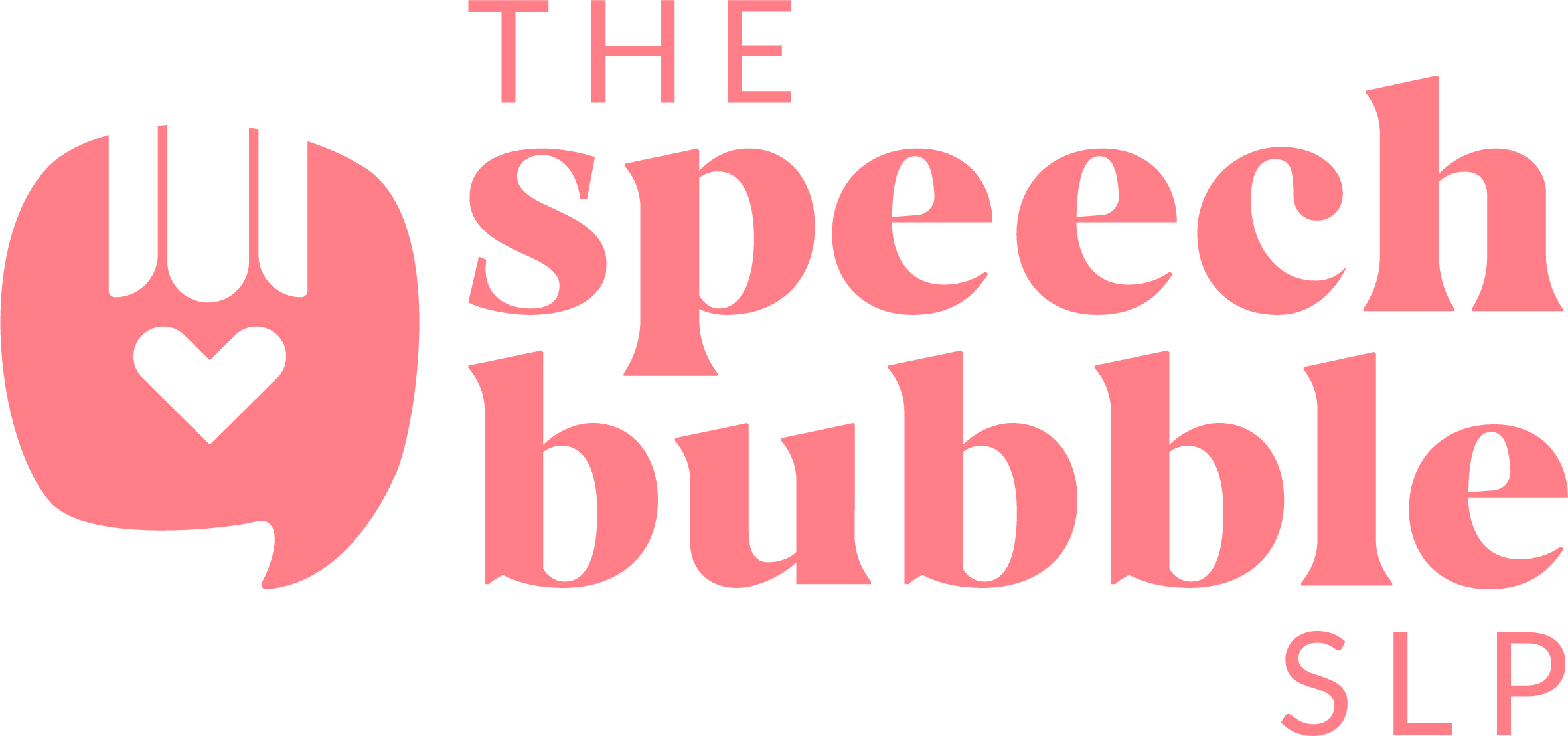
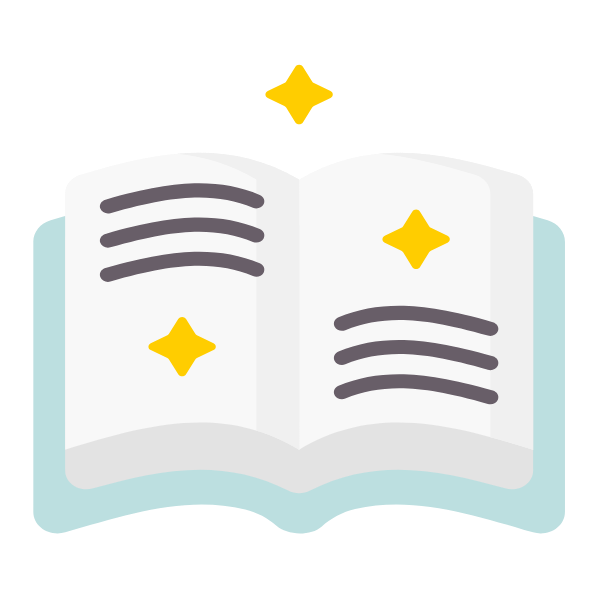

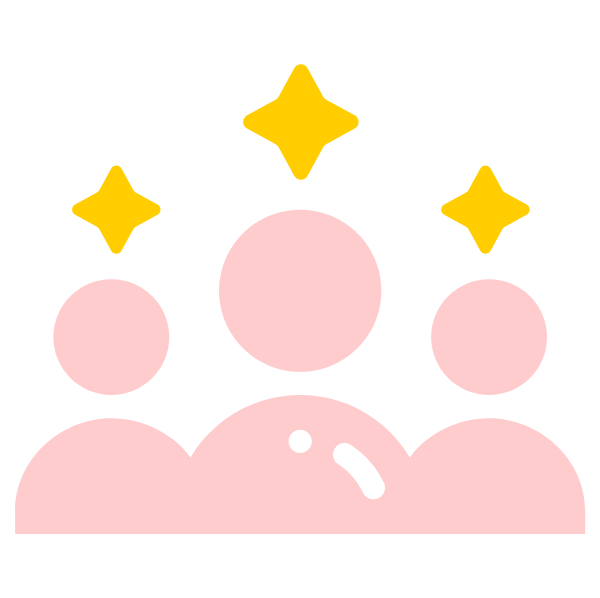
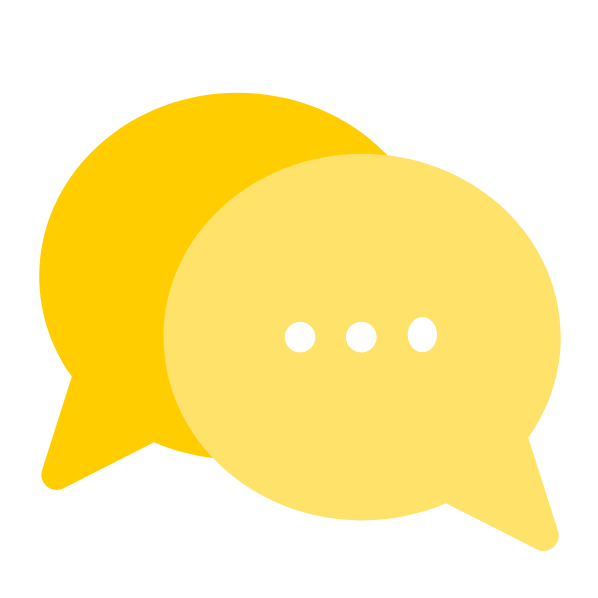


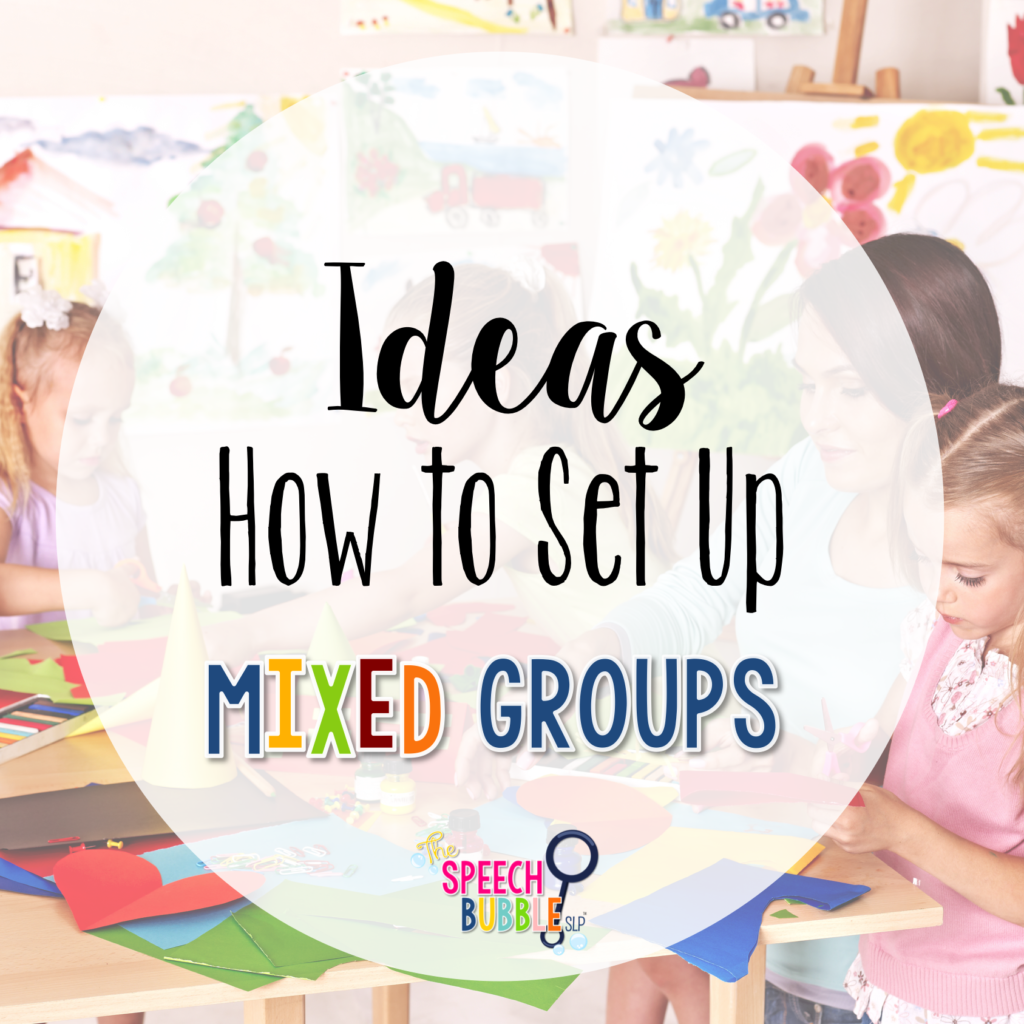
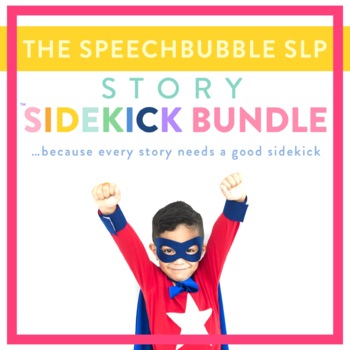






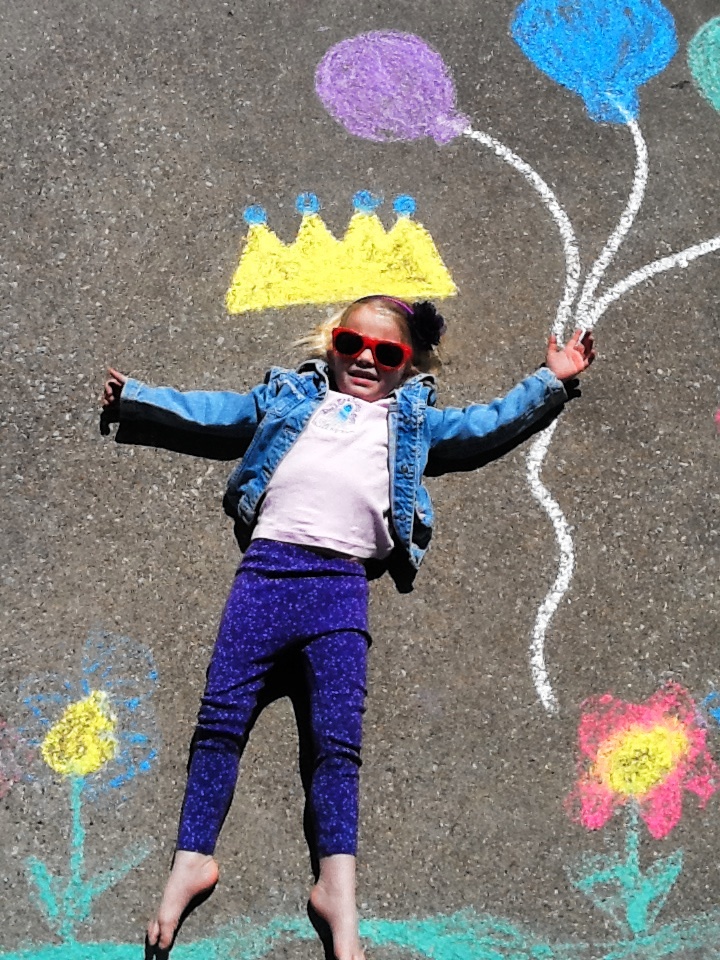

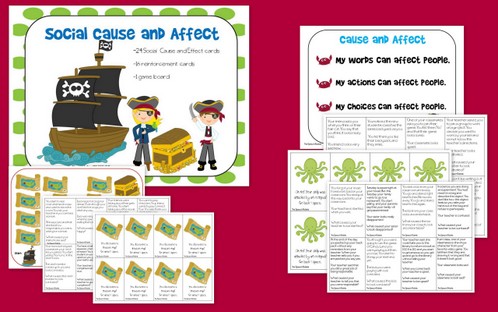


3 Responses
I do the same – using a generic game. Sometimes I use an activity that I try to target at least one of their goals…i.e. Vocab bingo game: sentences for student 1, Wh questions for student 2, artic sounds when they come up for student 3…
What suggestions do you have for tracking data while doing a cycles approach? I like the idea because I have one lesson plan for the group and can teach it more explicitly. However when it’s time for progress reports (almost monthly), it’s diffficult to have enough data especially with the inevitable school holidays and seeing students once a week on the 3:1 model. Any ideas?
Remember, all you need is three data points to show a trend. With the cycles approach you are technically supposed to focus on one sound/process for an hour before moving to the next. Also, you can use 10 minutes in your ‘off week’, when your doing meetings, paperwork, etc. to quickly assess the processes you are targeting. You may want to check the Progress Monitoring Tools by Natalie Snyders, this approach for data collection may work well for how your groups are set up. Also The Phonological Cycles Kit from Speech Musings is a must!